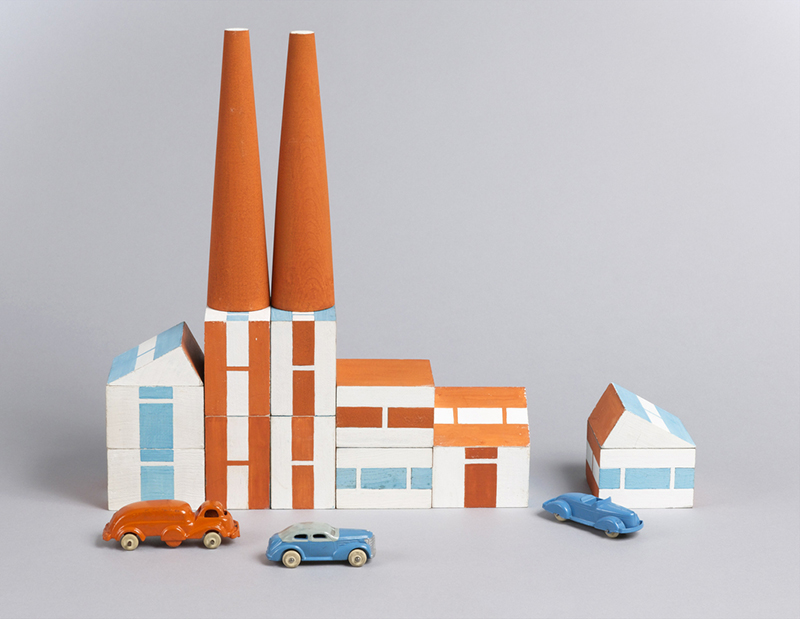
It was an action-packed trip to the Czech Republic last week to receive the 2013 Ladislav Sutnar Award for Cooper-Hewitt's contribution to the world of design and the promotion of Sutnar's legacy and work. Cooper-Hewitt is proud to have the largest archive and collection of Sutnar in the United States, which includes nearly 23,000 archival items, 62 three-dimensional objects, such as glass, ceramics, and toy block “Build the Town” prototypes, 22 two-dimensional drawings and prints, and three textiles. Our goal is to make these objects accessible to the global public early in 2014 with an overview of the latest Sutnar scholarship, and an in-depth interview between Rad Sutnar, Ladislav’s son, and Steven Heller.
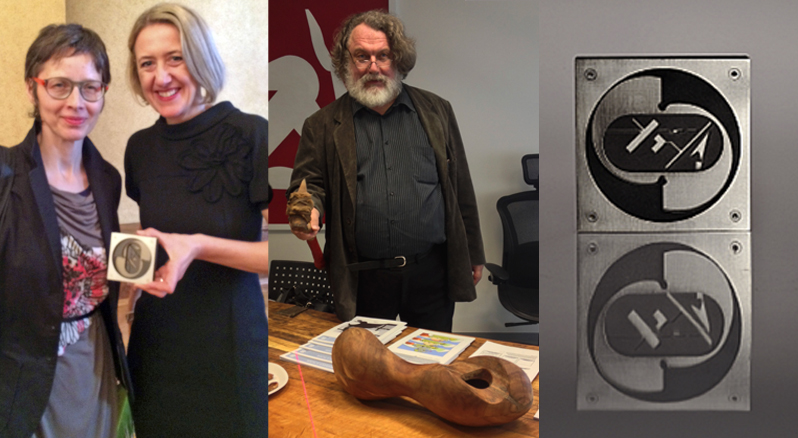
The Award, designed by M.A. Petr Vogel and laser cut into four metal sheets inspired by Sutnar’s logo, was bestowed by the Faculty of Art and Design of the University of West Bohemia (UWB) to Cooper-Hewitt, National Design Museum by Rad Sutnar and Professor Josef Mistera.
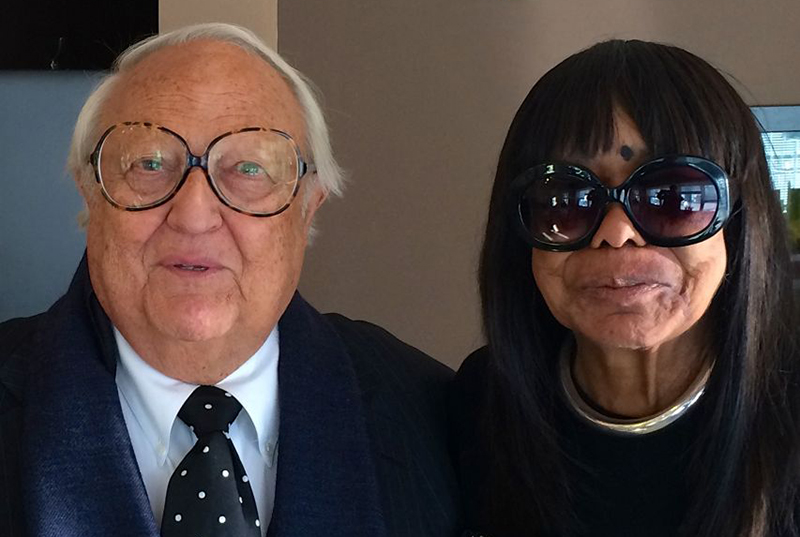
The award was also bestowed to Professor Karel Míšek, Ph.D. Faculty of Art and Design of the Jan Evangelista Purkyně University in Ústí for his lifetime contribution to the field of graphic design, the construction of the Department of Graphic Design at the Faculty of Art and Design, University of JEPurkyně in Ústí nad Labem and many years of teaching activities; to Professor Jiří Šalamoun Emeritus, The Academy of Arts, Architecture and Design in Prague for lifetime achievement in the field of illustration, graphics, graphic design, poster making, restoration studio illustration and graphic art at the Academy of Applied Arts in Prague; to Professor Emeritus Gyula Ernyey, CEO at the Museum of Applied Arts in Budapest, former director, the Institute of Humanities at the Moholy-Nagy University of Art and Design in Budapest, for his lifetime contribution to the field of design as CEO of Decorative Arts in Budapest, for his work as a consultant at Rubik Studio, for his directorship of the Institute of Humanities at the Moholy-Nagy University of Art and Design in Budapest, and for his theoretical work; and to Professor Markus Dreβen for his contribution in the field of graphic design, teaching at the Hochschule für Grafik und Buchkunst in Leipzig and for his publishing activities.
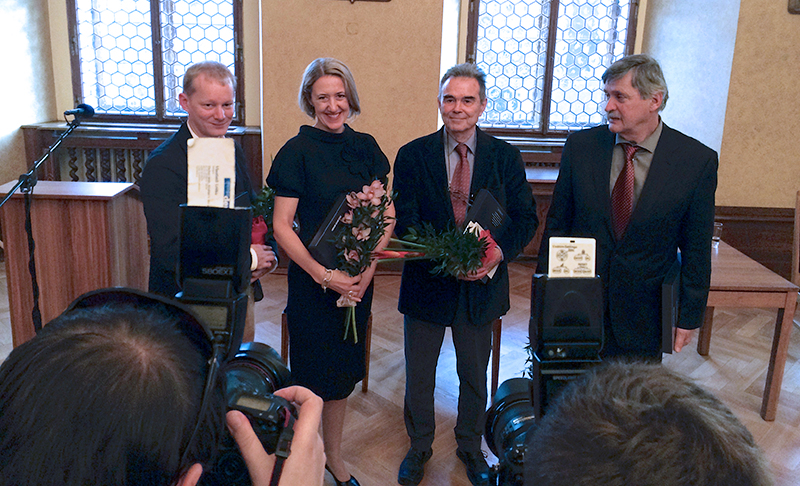
Pilsen, the birthplace of Ladislav Sutnar, was the last European city liberated by General Patton's 3rd army at the end of WWII. Founded by King Wenceslas II in 1295, the city has 167,000 inhabitants today and will be the European Capital of Culture in 2015. The Faculty of Art and Design was built by architect and Professor Stipek, under the leadership of Professor Mistera and inaugurated in 2012. Thirty-thousand square feet of flexible space, this former 1911 sheet metal plant is an airy expanse full of light and inspiration for its 500-some students of film, shoe design, fashion, graphic design, architecture, and fine arts.
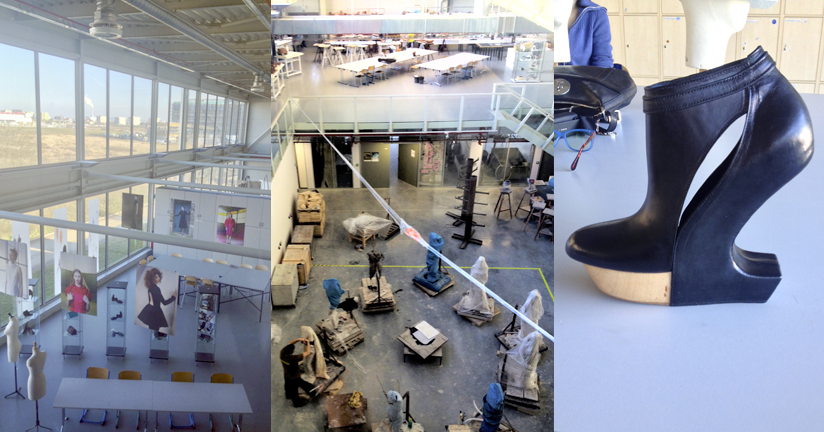
Before arriving in Pilsen, I had an incredible experience in Prague. Iva Knobloch, Curator of the Museum of Decorative Arts in Prague, introduced me to Eva Eisler, jewelry and interiors designer, whose slate and silver brooch is in the Cooper-Hewitt collection. Iva Knobloch also toured me through two exhibitions she had recently worked on: first, a marvelous selection of Czech and European Art Nouveau objects from the Museum of Decorative Arts collection at the Municipal House gallery that included the Louis Majorelle Cabinet from the 1900 L’Exposition Universelle in Paris, Thomas Weigner’s Album Naturstudien und Kompositionen from 1906 and countless other gems. Her other outstanding project is an exhibition at the City Gallery, "Figures and Pre Figurations" stressing Sutnar's impact on contemporary artists and designers.
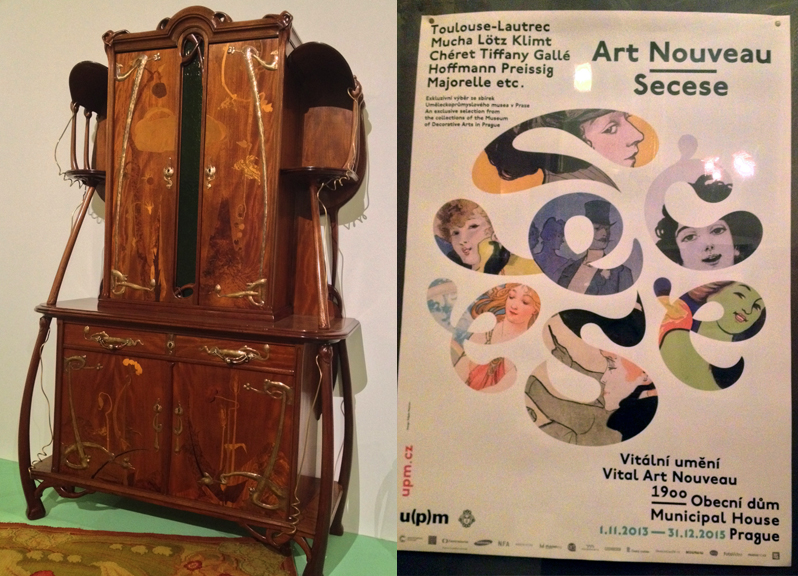
I then got whisked away by Iva's husband, Petr, graphic and web designer, who introduced me to the people behind Designblok (designblok.cz), Prague Design Week now in its 14th year—I look forward to attending soon. We also met Leos Valka, the founder of the DOX Center for Contemporary Art, which is an incredible 30,000 square feet of gallery space that aims to present Czech art within an international context. DOX sits in a former steel factory tucked away in an unassuming street in Prague 7, a former industrial sector. Natural light floods expansive white walls that display diverse selections of thought-provoking exhibits, curated in Czech and English. David Cerny's sculpture of a large red skull rotates on the gallery building's roof. The gallery also boasts the DOX by Qubus gift shop filled with funky furniture, jewelry, glass, and ceramic designs and an expansive collection of books on art and design in both English and Czech. I left with one heavy bag!
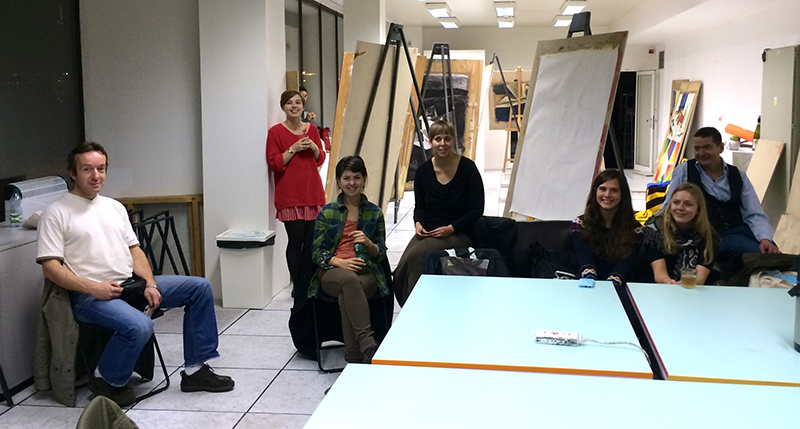
We also visited Scholastika, an ambitious startup art school that has just been inaugurated in Prague, in the former Orca building. Amongst their courageous exercises, they recently brought in a live camel as a model for their life drawing class.
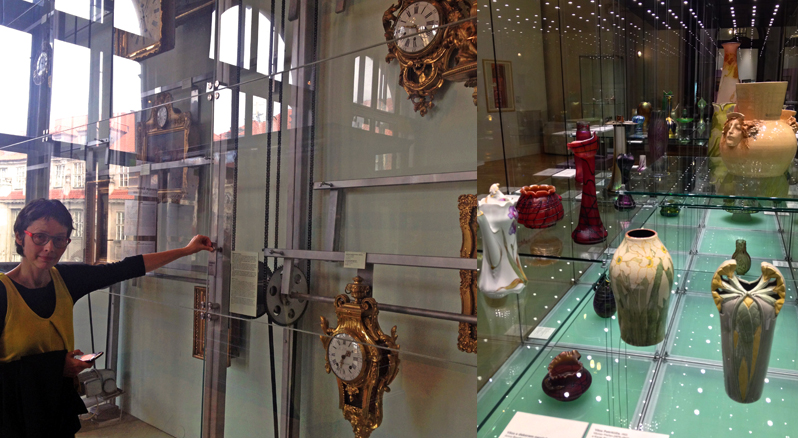
Petr and Iva also arranged for a private tour of one of the gems of international modern architecture–the Müller Villa, built in 1928-30 by the construction entrepreneur Frantisek Müller. The project designer was the Austrian and Czechoslovak architect Adolf Franz Karl Viktor Maria Loos (10 December 1870–23 August 1933). In his essay and 1910 lecture Ornament and Crime, he abandoned the aesthetic principles of the Vienna Secession and defied the decorative. In the simple cubic building, every space has proportions differing according to its importance, with the separate rooms ingeniously connected by staircases. The architect characterized the system, “I do not design plans, facades, or sections. I design spaces. For me there is no ground floor, first floor and so on. . . for me there are only contiguous, continuous spaces”. The fate of the Villa has been dramatic. In 1948 the house was confiscated and occupied. After the Velvet Revolution, the house was returned to the family of its original owners, and then sold to the city of Prague.
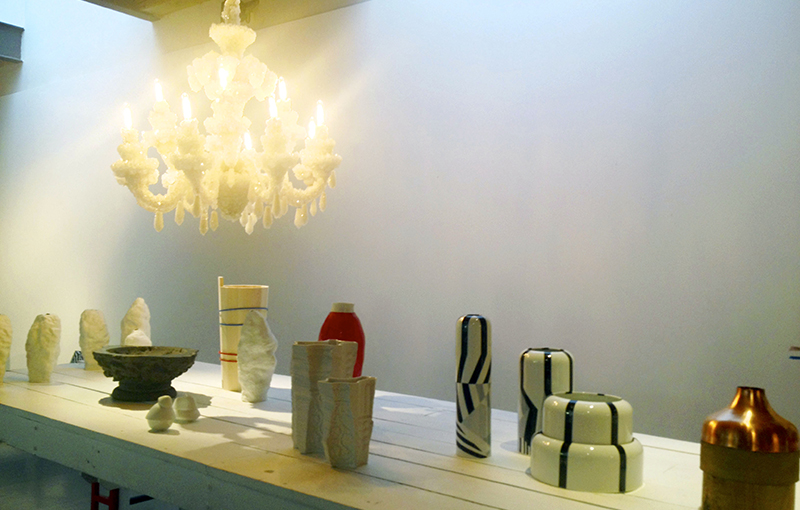
The Czech industrial designer Maxim Velcovsky accompanied us, whose works include the witty delft porcelain “Waterproof” boot and his brilliant snow vases (that use a technique called “lost-snow casting”—created over three winters from 2010-2012 using different snow from different locations, each vase is made from molding snow into which plaster was then poured).
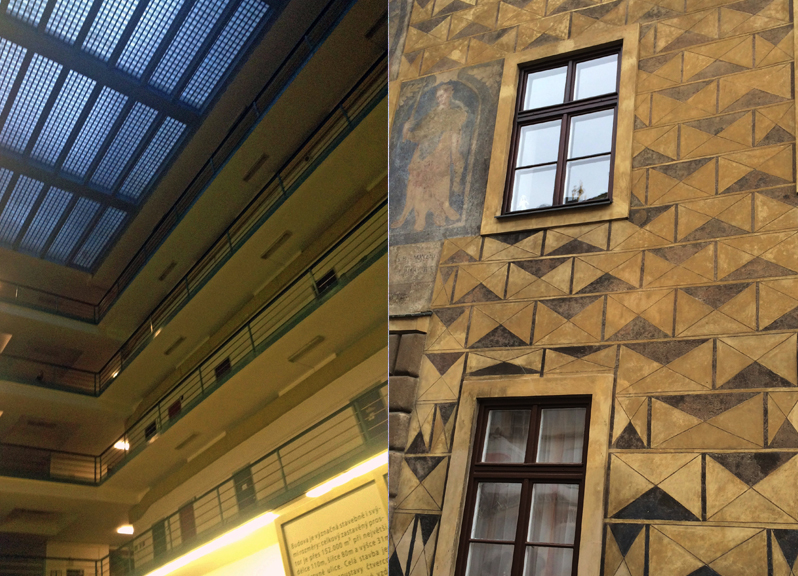
Thanks to Martin Palan, General Manager of Bontonfilm, I had the royal tour of the Prague Castle and the Strahov Library, getting access to areas usually prohibited to the public, including secret passageways to upper clerestories of books.
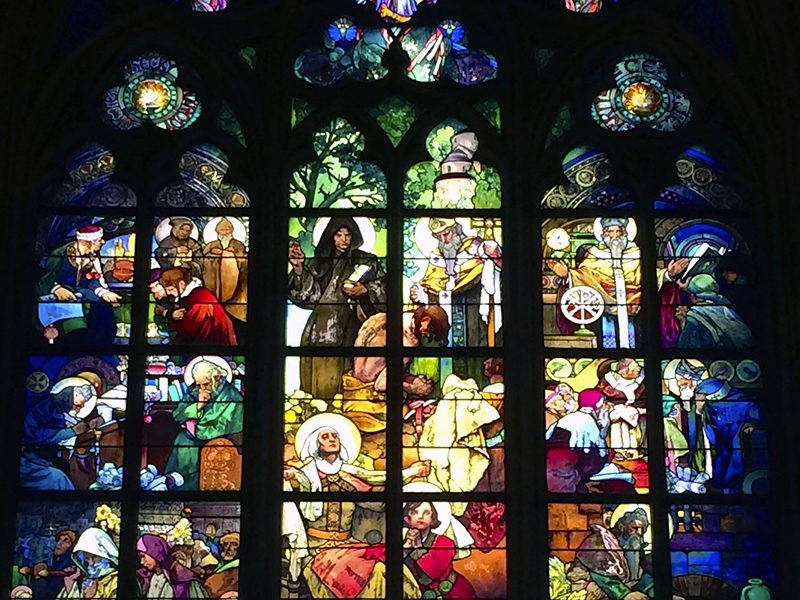
Mucha, St. Vitus Cathedral
We then met Veronika Wolf, Director of the Lobkowicz Collections, who discussed the Collection’s origins and history, and toured us through its numerous masterpieces including a 12th century silver gilt cross and Brueghel's Hay Making painting from 1565. Following the unforgettable tour, I met the fashion designer Denise Nova and admired her play with materials and dimensionality, and then enjoyed a long walk meandering through Prague, and soaking in the ubiquitous Cubist and Art Nouveau architecture.
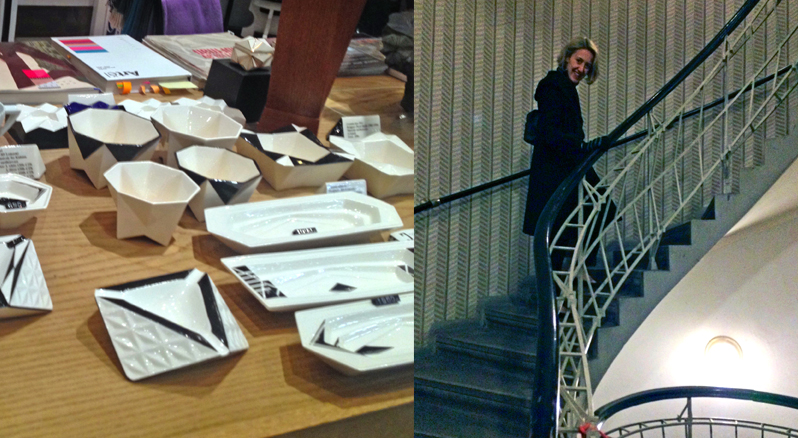
View Ladislav Sutnar objects in the Cooper Hewitt Collection.